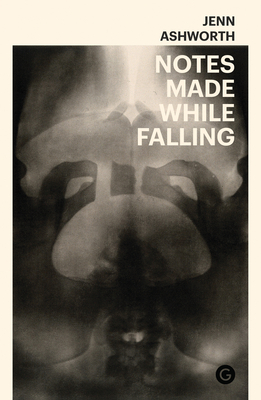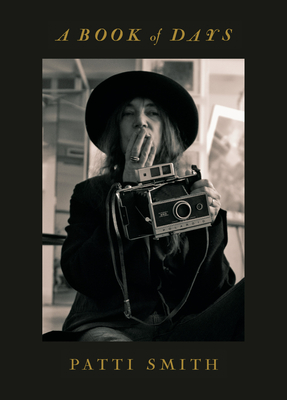
Mozart & Beethoven: The Concept of Love in Their Operas
Description
An exploration of the sensuous and the passionate, as expressed in operas by Mozart and Beethoven.
Music, language, and drama come together in opera to make a whole that conveys emotional reality. In this book, Irving Singer develops a new mode for understanding and experiencing the operas of Mozart and Beethoven, approaching them not as a musical technician but as a philosopher concerned with their expressive and mythic elements. Using the distinction between the sensuous and the passionate (formulated in Singer's earlier book The Goals of Human Sexuality) as framework for his discussion, Singer explores not only the treatment of love in these operas but also the emotional and intellectual orientation of these two great composers. Singer contrasts the cool sensuality of the Don in Mozart's Don Giovanni with Leonora's passionate love for her husband in Beethoven's Fidelio and compares the erotic playfulness of some of Mozart's letters with Beethoven's fervent (and unsent) letter to "the immortal beloved." Don Giovanni, The Marriage of Figaro, Cos Fan Tutte, and The Magic Flute all express the conflict between the sensuous and the passionate, but it is only in The Magic Flute, says Singer, that this conflict is resolved. Beethoven, an admirer of The Magic Flute, emulated both its music and its ideology, and produced in Fidelio the greatest of all operas about married love. Written while Singer was also at work on the three-volume The Nature of Love, Mozart and Beethoven can be read as a companion volume to this masterful trilogy and as a forerunner to his later work on philosophy in film.




